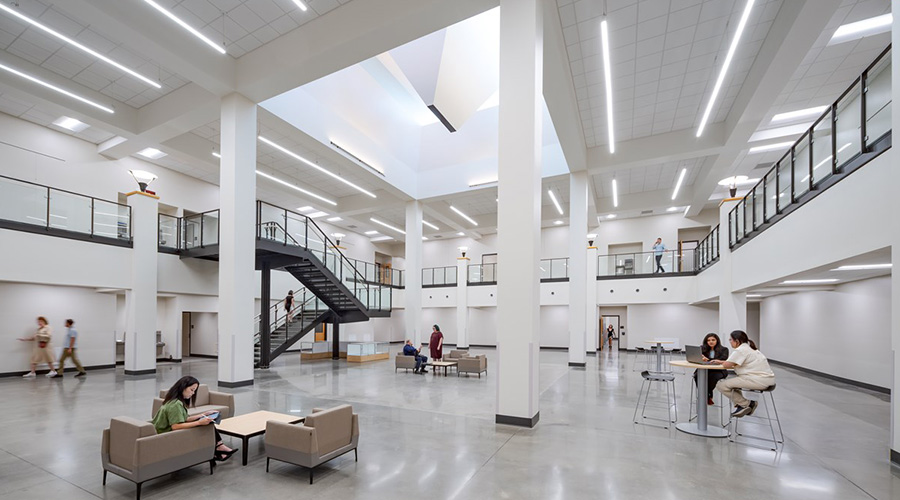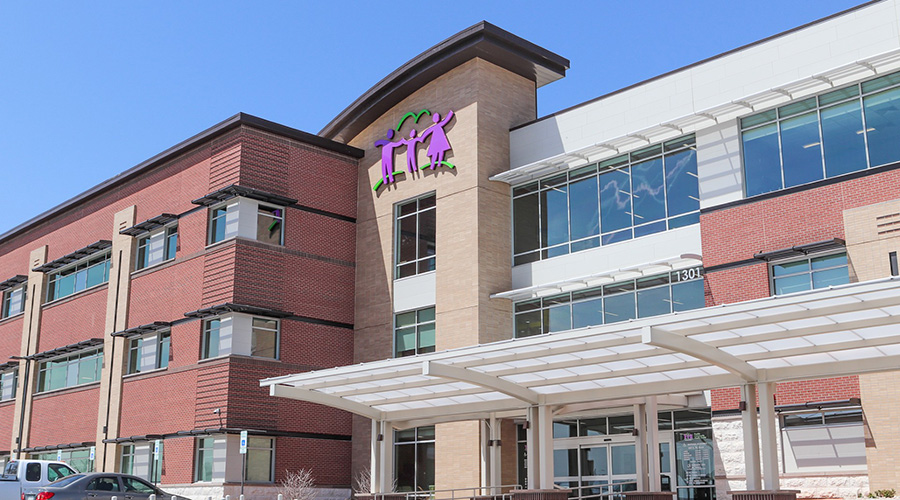Evaluating Energy Use: What Managers Need to Know
When looking for key performance indicators to measure, managers need to take a big-picture view
By Dave Lubach, Executive Editor
Key performance indicators (KPIs) have been around for as long as facility managers have been measuring energy consumption and trying to find ways to operate their institutional and commercial facilities at peak efficiency.
But are managers always tracking the right information, and if not, what should they be focusing on?
“Anytime you’re driving or incentivizing somebody to go towards a numerical goal, then they kind of lose sight of what you’re really trying to accomplish,” says Kevin Brown, president of KBSquared, an Atlanta-based consulting company focused on energy, sustainability, resilience and decarbonization. “I like the idea of at least using a metric you can track.”
Brown presented an education session at the recent AHR Expo in Chicago focused on key performance metrics for energy and facility managers. In an interview with FacilitiesNet.com interview, Brown discussed KPIs, energy management and what managers should focus on.
FN: Where are some areas that facility managers can focus on that will reign in energy use and ultimately save facilities money?
Brown: You can impact your usage, so it demands more of a function of how efficient your equipment is coming out of the box, or how efficient it is now that it’s running? How often does it run? How long does it run? Are answers to these questions entirely up to the facility manager? There are a lot of things that can be shut off after hours. A lot of things can be managed better, with tighter controls. Morning warm-up periods can be shrunk a little bit with the use of AI these days. ... Tightening up that operating schedule will yield a lot of energy savings.
FN: What are some areas that facility managers tend to struggle with evaluating energy use and savings?
Brown: I don’t think it’s that they’re measuring the wrong things, it’s that they’re reacting to the wrong things. Most of the (managers) I’ve met are trying to maintain a building, and there are so many hats they wear beyond the energy hat. Occupant comfort is key, so the easy way to keep the phone from ringing is to just let everything run 24/7, nobody complains and thinks you’re doing that job well. But then you have to put that energy hat on and it’s like, I can’t do that, that’s costing the building owner a small fortune. If you’re in New York, they’re going to start charging you for it. There are many metrics, and many cities will start penalizing buildings for performance. Cities are just trying to green up the grid, and they want to make sure that all these buildings are operating as efficiently as possible.
FN: What are the first steps that managers should take on the road to energy savings?
Brown: Start looking at the pieces of equipment and go after systems that you’ve got good rebates for. Anybody that hasn’t switched to LED lighting, that’s a no-brainer at this point. The maintenance savings alone on LEDs is huge. The energy savings are spectacular, so if you’re still running fluorescents, make that switch. The next place I would look is to take advantage of the incentives around building envelope, which is a lot of low-cost stuff, but it’s got to be maintained every couple of years. It’s a lot of caulking, a lot of weather stripping. It’s a lot of tightening up and making sure you’re bringing the appropriate amount of outside air, making sure you’ve got control of your exhaust fans. There are rebates for that stuff, and a lot of them come from the utility companies, some from the Department of Energy or your tax bill.
FN: We hear a lot about heat pumps and their impact on the housing market, but where do you see things in the commercial market?
Brown: If it’s in commercial applications, I would hold back just a little bit if you’re not looking at an immediate penalty for electrification. Places like New York, Washington D.C., and Philadelphia will be (assigning penalties) soon. In California, Oregon and Washington state, they’re trying to electrify their grids and their buildings. They’re trying to get rid of natural gas. So, in those areas, when your chiller’s getting ready to be replaced, look at a heat pump chiller or another source for cooling.
FN: When you work with facility managers, what are you hoping to help them achieve?
Brown: The biggest thing is coming up with a strategic plan. If you’ve got certain equipment that’s causing you headaches and deferred maintenance, or you’re getting told by corporate or somebody that we’re building a plan for electrification, or we want to decarbonize this building, you don’t really want to replace a gas boiler with another gas boiler, another 30- or 40-year asset. You’ve got to figure out a way to start integrating some of those bigger plans together, without putting a roadblock in front of yourself. With decarbonization and electrification goals, those timelines have changed a little bit. If you have five years left on a system before it’s going to expire, you’re probably going to want to change that now as opposed to waiting five years and going in a whole new, different direction. Historically, would have come up with strategies to keep that equipment alive and milk it as far as we can until we can time out everything at the same time.
Dave Lubach is the executive editor of the facilities market. He has more than eight years of experience writing about facility management and maintenance issues.
Related Topics:












